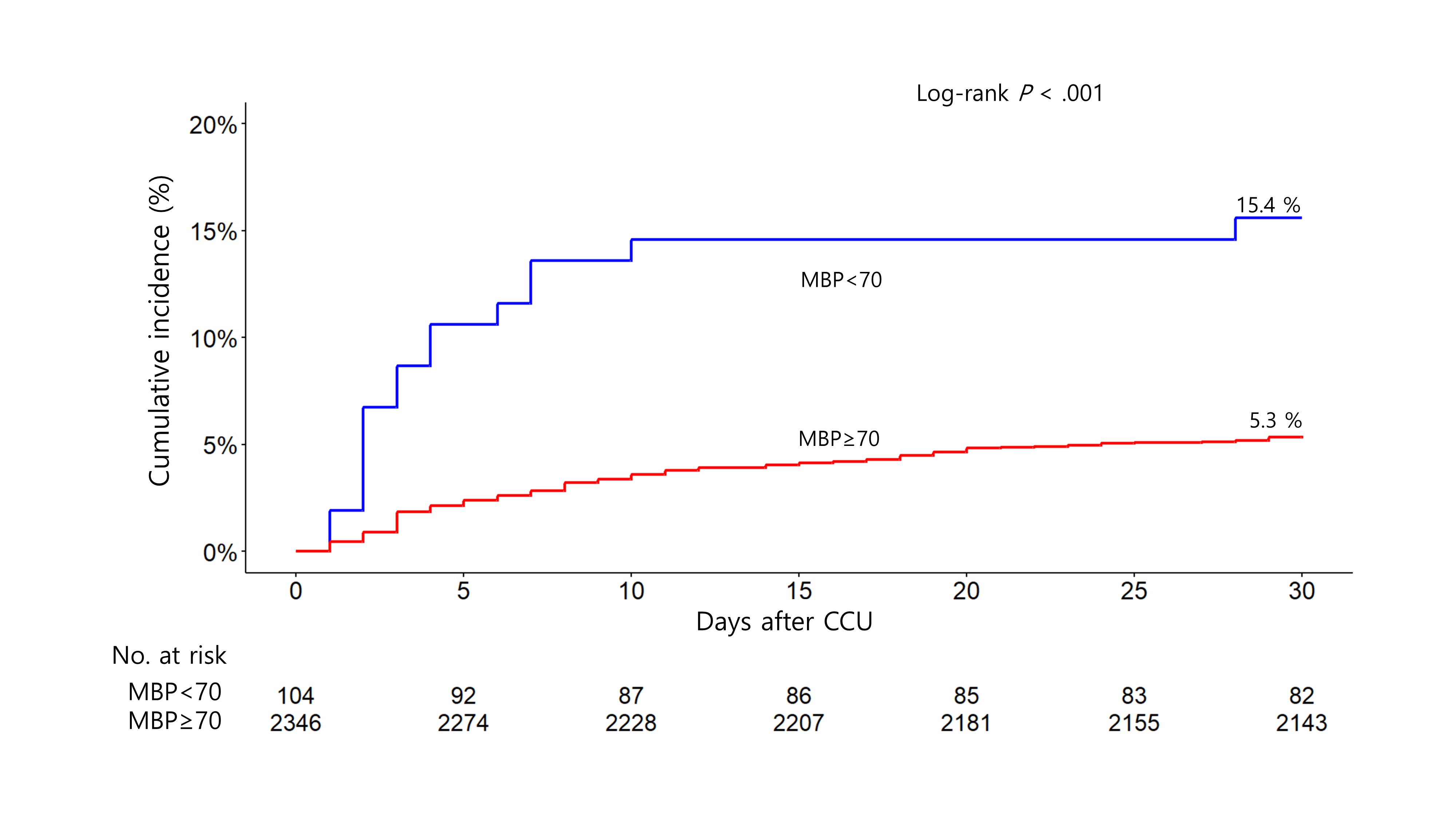Lots of interesting abstracts and cases were submitted for TCTAP 2024. Below are the accepted ones after a thorough review by our official reviewers. Don’t miss the opportunity to expand your knowledge and interact with authors as well as virtual participants by sharing your opinion in the comment section!
TCTAP A-061
Association Between Blood Pressure Targets and Mortality in Patients With Myocardial Infarction
By Seongbong Wee, Jung-Min Ahn, Min Seok Kim
Presenter
Seongbong Wee
Authors
Seongbong Wee1, Jung-Min Ahn1, Min Seok Kim1
Affiliation
Asan Medical Center, Korea (Republic of)1
View Study Report
TCTAP A-061
Cardiogenic Shock
Association Between Blood Pressure Targets and Mortality in Patients With Myocardial Infarction
Seongbong Wee1, Jung-Min Ahn1, Min Seok Kim1
Asan Medical Center, Korea (Republic of)1
Background
The optimal mean arterial blood pressure (MAP) for patients with myocardial infarction remains unknown. Higher diastolic blood pressure may increase coronary perfusion, which could reduce infarct size.
Methods
This retrospective observational cohort study using electronic medical records from single, tertiary center in South Korea included 2450 patients who admitted Cardiac care unit (CCU) due to myocardial infarction with low vasoactive infusion score (≤10) and MAP controlled over at least 65 mmHg from January 2007 to December 2022. MAP was measured every hour, and the mean of all MAP values during the first 24hr was recorded to divide two groups according to MAP target 70 mmHg. The primary outcome was a composite of in-hospital death or extracorporeal membrane oxygenation (ECMO) insertion. Cox regression model was used to identify the relationship between higher MAP and adjusted hospital mortality.
Results
Of 2450 patients (mean±standard deviation age, 65.4±12.6 years; 1775 [72.4%] men), MAP of 104 patients were controlled under 70 mmHg. Percutaneous coronary intervention when entering CCU was performed in 54.8% vs 63.2% (MAP <70 mmHg group vs MAP ≥70 mmHg group). Vasoactive drugs were used for first 24hr in 37.5% vs 18.8% (MAP <70 mmHg group vs MAP ≥70 mmHg group). Compared with MAP <70 mmHg group, MAP ≥70 mmHg group had a lower risk of the primary outcome (crude incidence, 5.3% vs 15.4%; adjusted odds ratio, 0.44; 95% confidence interval, 0.26-0.74; P=.002). After dividing two groups according to usage of vasoactive drugs, MAP ≥70 mmHg group had a lower risk of the primary outcome.
Conclusion
Mean arterial blood pressure controlledover 70 mmHg in patients withmyocardial infarction was associated with a lower risk of in-hospital deathor extracorporealmembrane oxygenation insertion.





